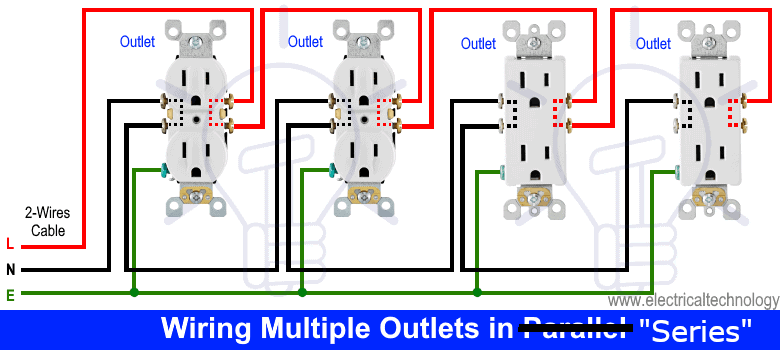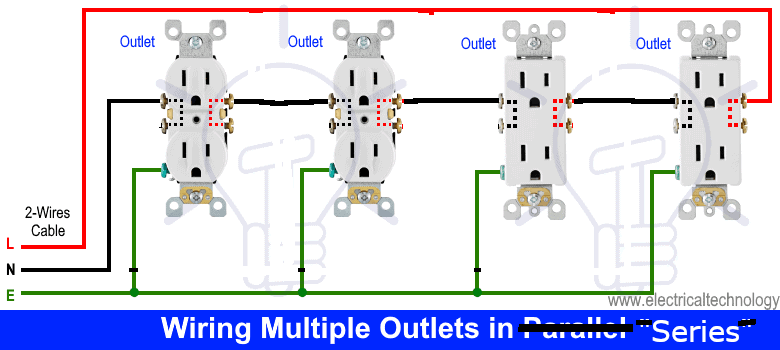I wanted to know if it was okay to cross the wires on outlets that appear to be set up in series. What I mean is on the first outlet in the series, from the cable coming from the electric panel, the black wire goes to the bottom screw and the white goes to the top screw and the other cable going to the other outlet, the black wire goes to the top screw and the white wire goes to the bottom screw? The black wires are both screwed into the copper side and the white wires are both screwed on the silver side.
I don't like to touch anything electric but my spouse decided to change almost all of the receptacles in the house while I was at work. I had to correct some issues and now things work as they are supposed to, even the sockets that are connected to light switches. I'm proud of my work and what I've learned, but I realized that I put the receptacles back in the wall without checking if I crossed the wires on some of the receptacles. My family is sleeping and I don't want to wake them but I also don't want a fire to break out during the night. I called an electrician to come and certify the work or fix what's wrong but until then I'm pretty stressed.



